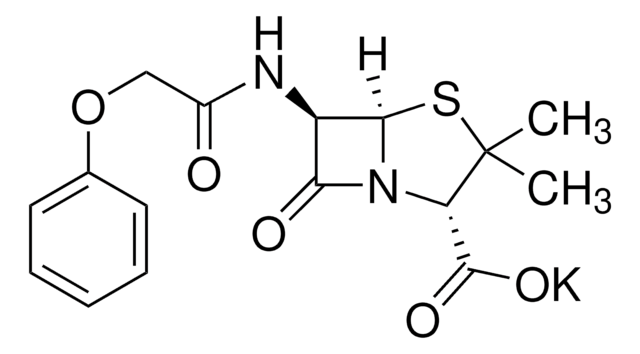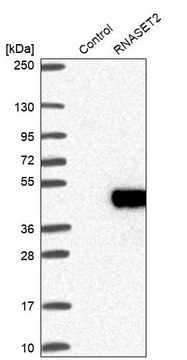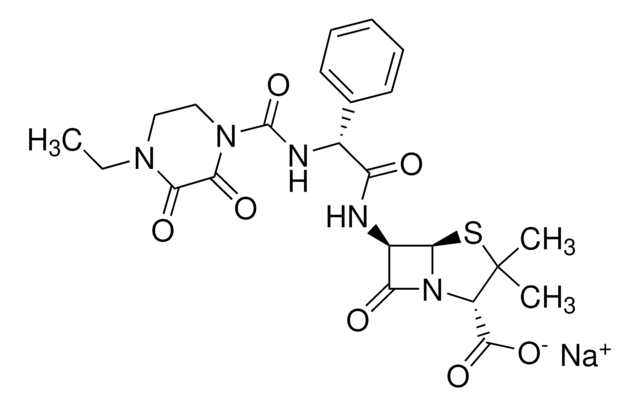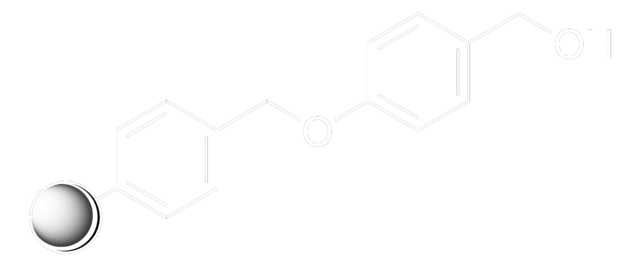P1382
Phenoxymethylpenicillinic acid potassium salt
potency: 1444-1536 units per mg
Recommended Products
form
solid
potency
1444-1536 units per mg
antibiotic activity spectrum
Gram-positive bacteria
Mode of action
cell wall synthesis | interferes
SMILES string
[K+].CC1(C)S[C@@H]2[C@H](NC(=O)COc3ccccc3)C(=O)N2[C@H]1C([O-])=O
InChI
1S/C16H18N2O5S.K/c1-16(2)12(15(21)22)18-13(20)11(14(18)24-16)17-10(19)8-23-9-6-4-3-5-7-9;/h3-7,11-12,14H,8H2,1-2H3,(H,17,19)(H,21,22);/q;+1/p-1/t11-,12+,14-;/m1./s1
InChI key
HCTVWSOKIJULET-LQDWTQKMSA-M
Looking for similar products? Visit Product Comparison Guide
General description
Application
Biochem/physiol Actions
Other Notes
Signal Word
Danger
Hazard Statements
Precautionary Statements
Hazard Classifications
Acute Tox. 4 Oral - Resp. Sens. 1 - Skin Sens. 1
WGK
WGK 3
Flash Point(F)
Not applicable
Flash Point(C)
Not applicable
Regulatory Information
Certificates of Analysis (COA)
Search for Certificates of Analysis (COA) by entering the products Lot/Batch Number. Lot and Batch Numbers can be found on a product’s label following the words ‘Lot’ or ‘Batch’.
Already Own This Product?
Find documentation for the products that you have recently purchased in the Document Library.
Our team of scientists has experience in all areas of research including Life Science, Material Science, Chemical Synthesis, Chromatography, Analytical and many others.
Contact Technical Service


![1-[(2RS)-2-(2,4-Dichlorophenyl)-2-[[(2,5-dichlorophenyl)methyl]oxy]ethyl]-1H-imidazolium nitrate certified reference material, TraceCERT®, Manufactured by: Sigma-Aldrich Production GmbH, Switzerland](/deepweb/assets/sigmaaldrich/product/structures/109/615/2f1c4cdc-7941-4299-9814-661f8213acba/640/2f1c4cdc-7941-4299-9814-661f8213acba.png)



